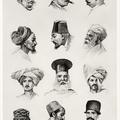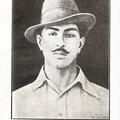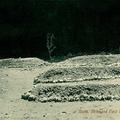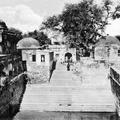Types of Men (I)
This is actually a real photograph postcard of a water colour on paper by M.V. Dhurandhar, part of a series by the artist on the people of Bombay. The recent and first major book on him, M.V. Dhurandhar The Romantic Realist (DAG, 2018) has three of










